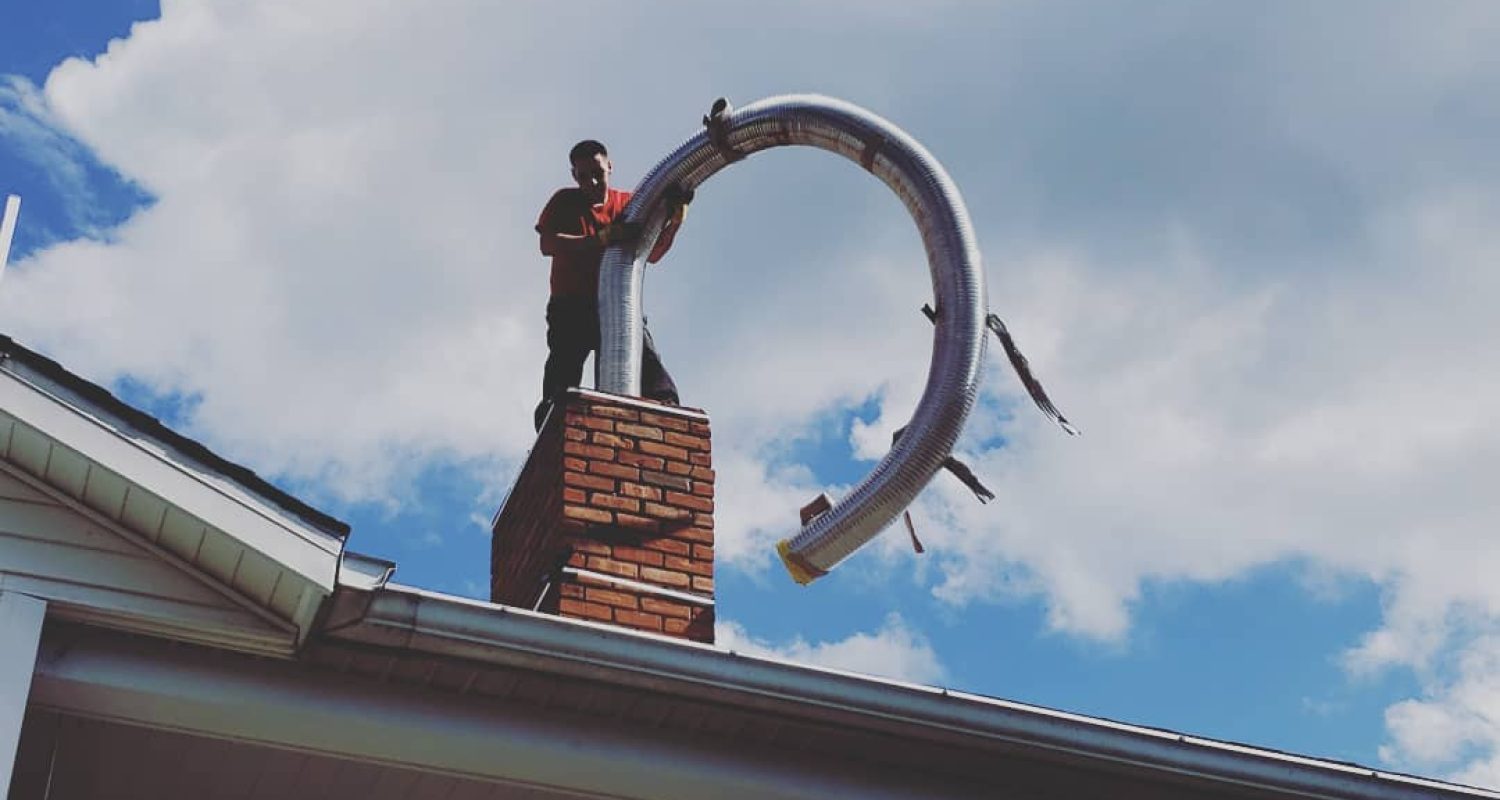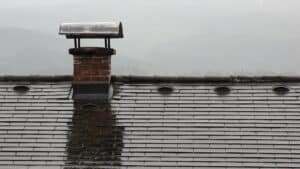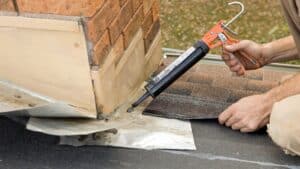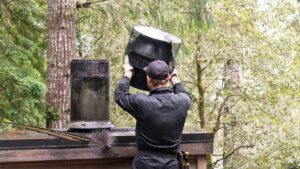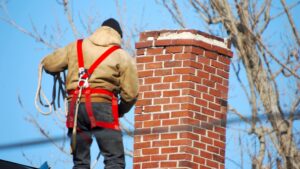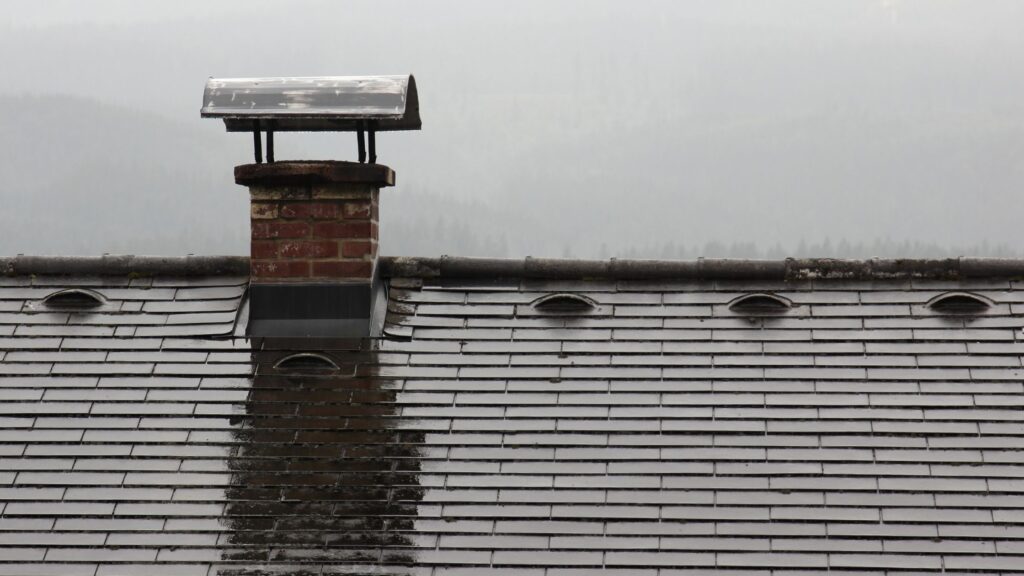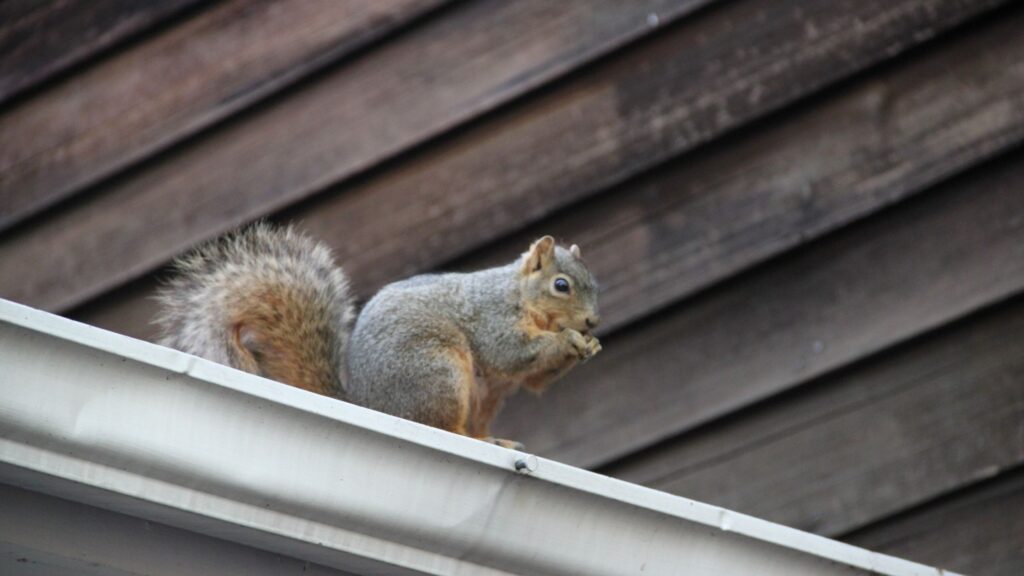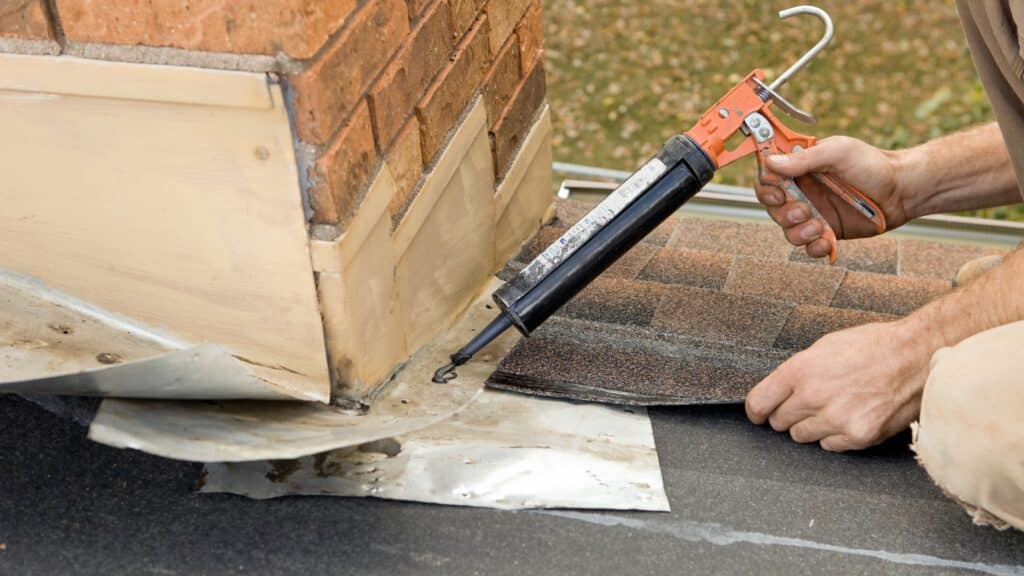Can You Reline a Chimney Yourself?
The crackling warmth of a fireplace is synonymous with cozy winter evenings and family gatherings. But behind that comfort lies a crucial structure that ensures safety and efficiency: the chimney. Over time, even the sturdiest chimneys may need a makeover—a procedure known as relining. But the question looms large: Can you reline a chimney yourself? Let’s explore the possibilities and challenges of this undertaking.
Understanding Chimney Relining
Chimney relining is like giving your chimney a new set of lungs. Just as our respiratory system needs clear pathways, your chimney requires a reliable lining for safe and efficient venting of smoke and gases. This lining acts as a barrier, preventing heat from reaching flammable areas and blocking toxic fumes from entering your living spaces.
Why Reline Your Chimney?
Why should homeowners consider relining? Imagine driving a car with worn-out tires—it’s a risky move. Similarly, an old or damaged chimney liner can lead to serious issues:
- Safety: Deteriorating liners allow dangerous gases into your home.
- Efficiency: New liners improve draft and fuel efficiency.
- Protection: Shields chimney walls and surrounding areas from damage.
Tools You’ll Need
Before beginning, gather the necessary tools:
- Chimney brush and rods
- Liner kit (appropriate size)
- Screwdriver and adjustable wrench
- Protective gear: gloves, goggles, dust mask
- Stabilized ladder for safety
The Relining Process
Here’s an overview of the relining steps:
- Preparation: Thoroughly clean the chimney to ensure proper adhesion.
- Measure Twice, Cut Once: Carefully measure the chimney flue before buying the liner.
- Installation: Lower the liner carefully into the chimney, securing it with a chimney cap.
Safety Measures to Consider
Prioritize safety in this project:
- Wear protective gear to guard against dust and sharp edges.
- Secure your ladder—stability is crucial at heights.
- Have someone nearby to assist in case of emergency.
Professional vs. DIY: Weighing the Options
While DIY may be tempting, consider the following:
- Cost Effectiveness: DIY can be cost-effective but comes with risk.
- Experience Level: Are you comfortable handling the tools and working at heights?
- Time and Effort: Professionals save time and ensure quality.
Key Takeaways
- Chimney relining is a challenging DIY project; safety should be a priority.
- Ensure thorough research and proper tools if attempting on your own.
- When in doubt, consulting a professional can ensure safe, effective results.
FAQs
Q1: How often should I reline my chimney?
A: Typically every 15-20 years or if there is visible damage.
Q2: Can any type of liner be used?
A: Choose a liner that suits your specific fireplace or stove for the best performance.
Conclusion
As we conclude, remember that each home improvement journey begins with careful planning. Whether you’re ready to try this DIY adventure or prefer to leave it to professionals, relining your chimney ensures warmth and safety. To ensure the best results, contact True Ventilation for professional support and enjoy peace of mind as you gather around the fire with loved ones.



